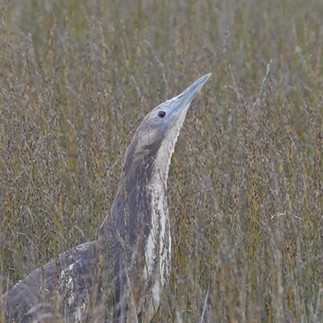The Love Bittern Project travels into every region of New Zealand empowering people to raise awareness for Bittern, help protect Bittern and to restore their wetland homes.
Check out our Spring 2025 road trip here!
1 August 2025
Kia ora! My name is Wendy.. Home for me is on the Ngunguru awa, in Taitokerau | Northland...where I spend my time with my husband and family of Matuku-hūrepo.
The Love Bittern Project is a love child in a way, an expression of love for Bittern and love in action as I travel to help communities right around New Zealand take their next step to save Bittern from the brink of extinction here in New Zealand.
I couldnt do any if this without the love and support from home... So my journey starts here to acknowledge the loves' of my life

















